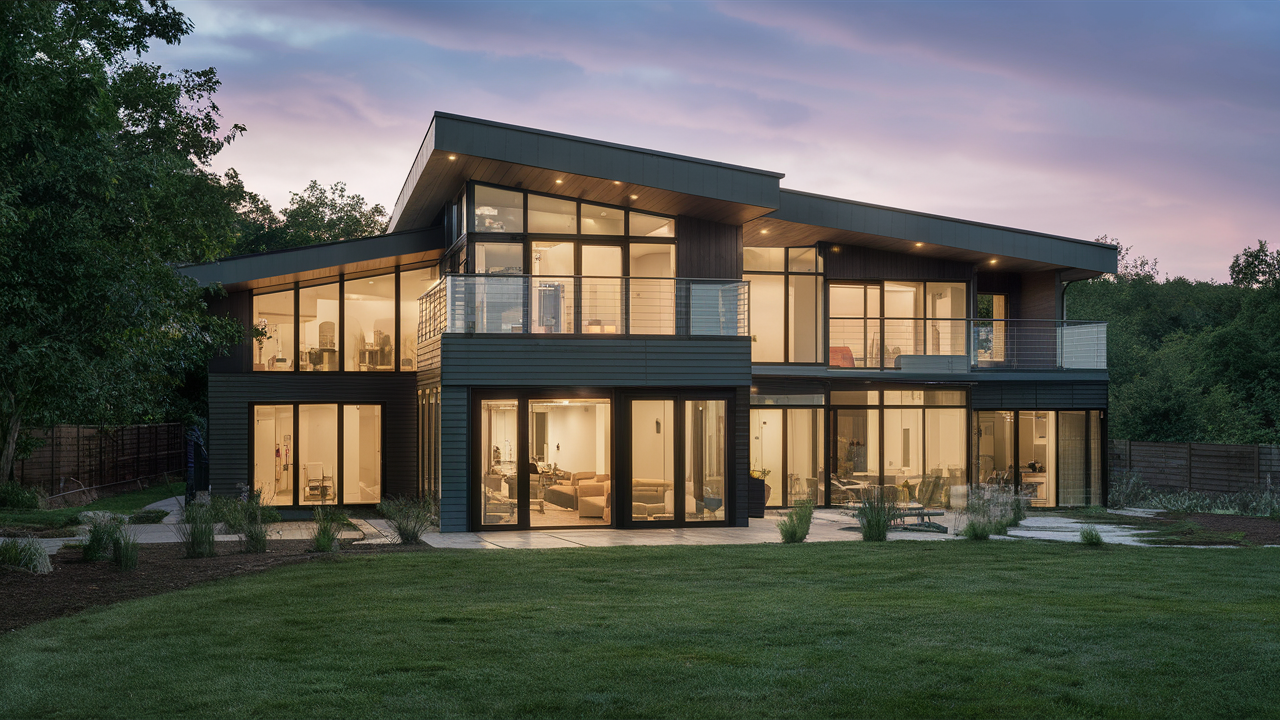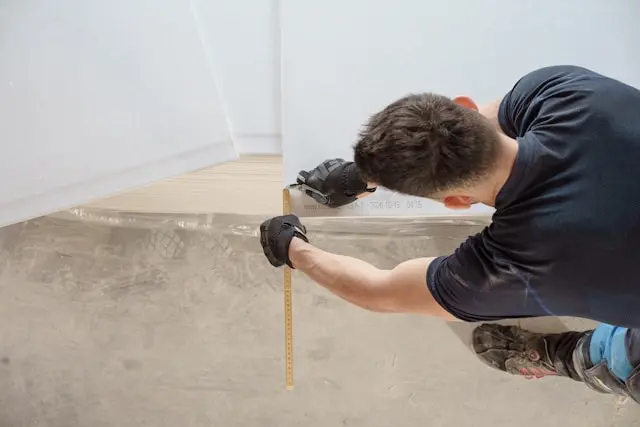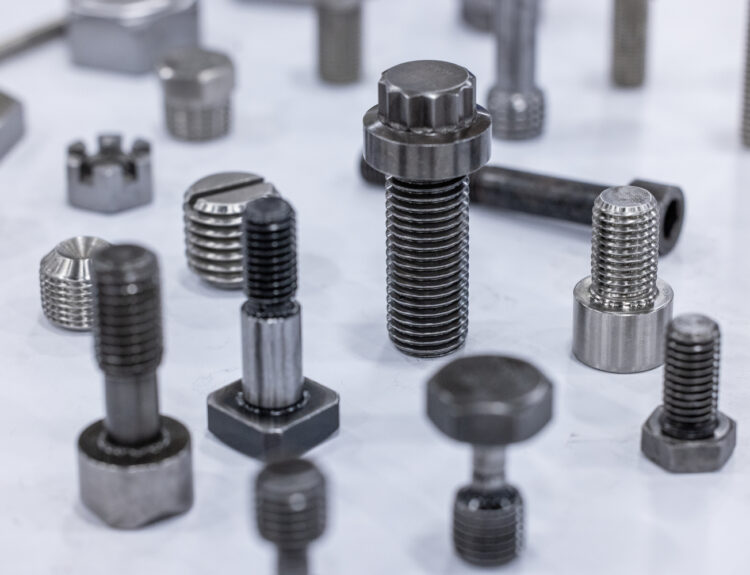Sustainable homes are becoming a necessity in a more eco-conscious society. The construction industry is evolving to meet the demand for environmentally friendly and energy-efficient homes. Builders like home builders in Mississippi prioritize sustainable practices, minimizing carbon footprints and maximizing energy efficiency. Innovative building methods and materials create spaces that promote healthier living environments, address environmental challenges, and ensure a sustainable future.
Eco-Friendly Building Materials
Sustainable home construction relies on eco-friendly materials like bamboo and recycled metals, which reduce environmental impact and improve energy efficiency. These sustainable materials help reduce waste and pollution, reduce natural resource depletion, and minimize the carbon footprint associated with home construction.
- Recycled steel and aluminum—Sustainable materials, often sourced from preexisting constructions or industrial waste, are gaining popularity in construction due to their durability and lower environmental impact.
- Bamboo flooring and cabinetry– Bamboo grows far more quickly than conventional hardwoods, making it a rapidly renewable resource. It is used for flooring and cabinetry, offering a sustainable and aesthetically pleasing alternative.
- Low-VOC paints and finishes—Volatile Organic Compounds (VOCs) harm human health and the environment. Thankfully, low-VOC paints and finishes are now available, providing safer options for homeowners while reducing indoor air pollution.
Eco-friendly building materials significantly reduce homes’ carbon footprint, achieving sustainability goals and improving indoor air quality and energy efficiency.
Energy-Efficient Design
A key element of sustainable house design is energy efficiency. Proper insulation, solar panels, and energy-efficient windows can drastically reduce energy consumption. According to energy saver, well-designed homes can reduce energy bills by up to 30%. Effective energy-efficient designs do not just focus on one aspect but consider the home as a holistic system where every part works towards maximizing energy savings.
Insulation and Windows
Insulation helps maintain home temperature and reduces artificial heating and cooling. High-quality materials like cellulose and spray foam create thermal barriers, while energy-efficient windows prevent heat loss. Innovations like double or triple-glazing enhance insulation.
Renewable Energy Solutions
Renewable energy solutions, such as solar panels, wind turbines, and geothermal systems, are revolutionizing sustainable living by reducing greenhouse gas emissions and dependence on fossil fuels.
Solar Panels
Solar panels are:
- A popular renewable energy option for homes.
- Converting sunlight into electricity.
- Reducing reliance on non-renewable sources and lowering electricity bills.
Thanks to technological developments, solar panels are more economical and efficient, and extra energy may be sold back to the grid.
Geothermal Systems
Geothermal systems utilize Earth’s natural heat for heating and cooling, reducing energy consumption and providing consistent temperature control. Utilizing underground pipes, they are particularly effective in areas with significant temperature variations, offering a sustainable alternative to traditional HVAC systems.
Planning for Long-Term Sustainability
Building a sustainable home requires careful planning, including site selection, architectural design, and material choice. Considering the initial construction phase and long-term performance and maintenance requirements, it ensures overall sustainability and energy efficiency.
- Site selection and orientation:Choosing the right location and positioning the home to maximize natural light and ventilation can significantly improve energy efficiency. Strategic placement of windows and doors can harness natural wind flow for cooling and heating, thus reducing dependence on artificial systems.
- Architectural design:A well-planned house may use renewable resources most efficiently while consuming the least energy. Passive solar design elements, green roofs, and rainwater collecting systems can be easily included in new buildings to increase sustainability.
- Material choice:Selecting sustainable and energy-efficient materials helps reduce the home’s overall carbon footprint. Sturdy materials ensure endurance and lessen the need for regular replacements, while locally produced materials reduce transportation emissions.
- Energy-efficient systems:Incorporating solar panels, geothermal heating, and efficient insulation can drastically reduce energy consumption. Smart home technology can also be included to maximize energy utilization and offer real-time monitoring of energy consumption trends.
Conclusion
Sustainable homes are:
- The future of residential construction.
- Using eco-friendly materials.
- Energy-efficient designs.
- Renewable energy solutions.
Proper planning can create environmentally friendly and cost-effective homes. Embracing such inability in home construction is ethical and practical, offering long-term benefits for homeowners and the environment.



